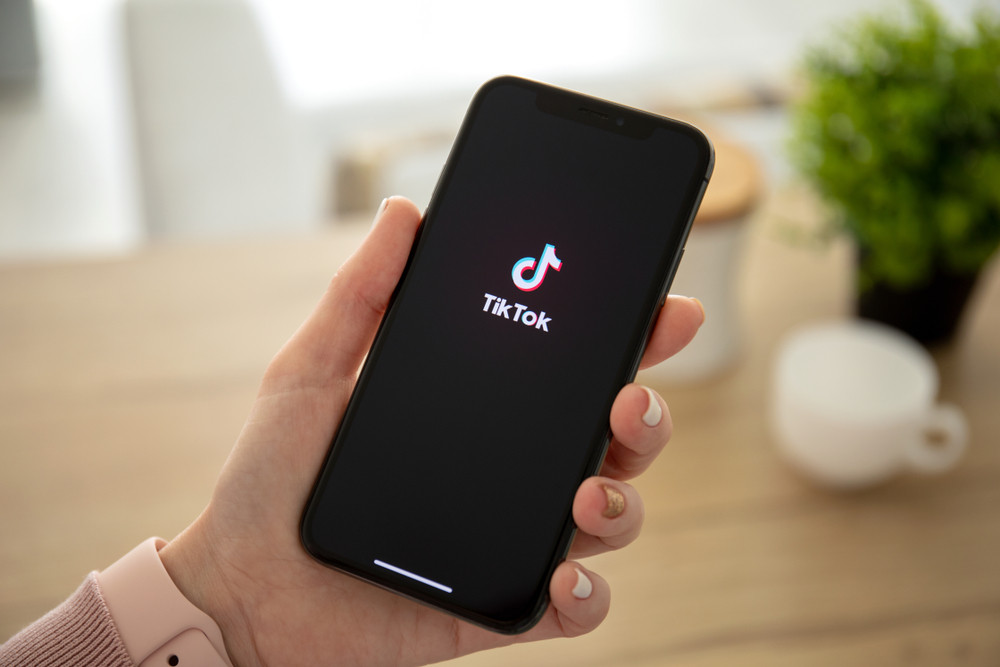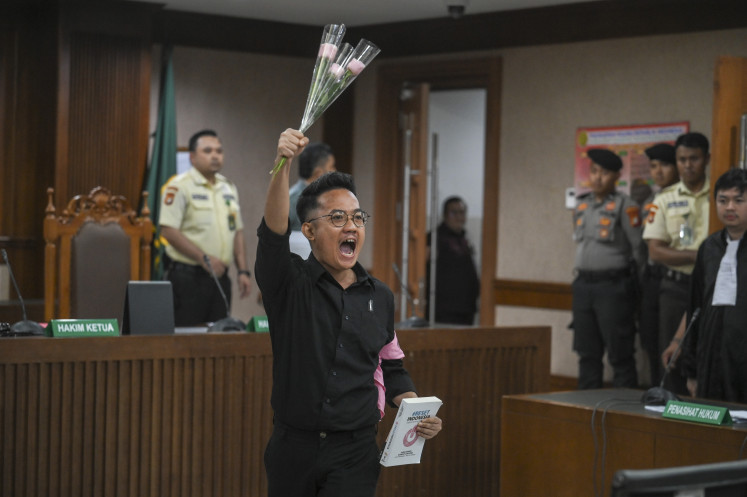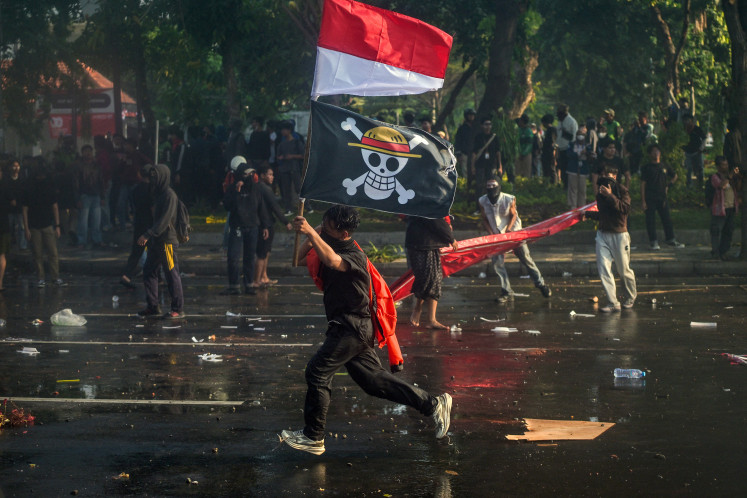Popular Reads
Top Results
Can't find what you're looking for?
View all search resultsPopular Reads
Top Results
Can't find what you're looking for?
View all search resultsCreating positive internet environment everyone's job
It’s encouraging that we now see a number of movements, including the ones led by parents and teachers, actively promoting healthy internet use among youth.
Change text size
Gift Premium Articles
to Anyone
A
s a public policy professional at a global internet company and also the father of a young child, I constantly worry about the internet. It seems we increasingly live our lives online; this is especially true for the average Indonesian. Every day we are exposed to the news of how the internet has taken its toll on our mental health.
In October, on International Internet Day, we commemorated the invention of the internet, a tool that has changed our lives and created a myriad of possibilities. Last month we also observed World Mental Health Day. This is a moment to pause and reflect on what more we can do to not only just stay sane, but also create a positive environment for us and the younger generations.
The 2019 Global Digital Report by Hootsuite shows that Indonesia is among the top five countries whose citizens are most addicted to the internet. Indonesians on average spend 516 minutes online daily.
Multiple types of research also suggest the potential toll of the use of the internet on our wellbeing. One study from the Journal of Economic Behavior and Organization shows that internet use can impact our sleep patterns and often be detrimental to our performance and productivity.
Other studies, including in the Journal of Cyber Study and Behavior, suggests that internet use is strongly associated with negative self-esteem and self-image.
This is especially related to the advent of image-manipulation techniques and photo-sharing platforms. A study on cyberbullying confirms strong associations between cyberbullying and mental health.
So, where do we start? First thing we should do to remain sane in the dynamic online world is to take control of what we choose to share and receive. Choose the right digital platforms to use.
Review the age limits and the guidelines of what’s allowed and not allowed to be shared. Performing these is especially challenging when the platform users are young and are likely not aware of the potential risks.
This is where parents and teachers must play more active roles. They should control which platforms suit their children, how much and in what way.
Technology will continue to advance and users will always find new ways to misuse the internet. It can’t be emphasized enough: The key to a safe and healthy internet experience lies with the users themselves. Only with a better understanding of the potential risks and with the realization that we can control our experiences on the internet, can we ensure that we optimize our experiences online.
It’s encouraging that we now see a number of movements, including the ones led by parents and teachers, actively promoting healthy internet use among youth.
Organizations and movements such as the Sejiwa Foundation, the RAS Foundation and Komunitas Internet Sahabat Anak have long driven a number of initiatives focusing on protecting youth online and educating them on how to use the internet in safe and productive manners.
As users play their part, it is necessary that all the relevant stakeholders work together to create a more positive digital environment for everyone.
The government through the Information and Communications Ministry championed the National Movement of Digital Literacy, #SiBerkreasi.
This movement has launched a number of programs encouraging the positive use of the internet, including workshops, training sessions and online campaigns, in partnership with local governments, educational institutions and NGOs.
Digital platforms are also taking a more proactive approach in ensuring the safety and wellbeing of their users. A number of online platforms are made safe through a combination of product features, policies and programs that can help raise awareness of internet safety.
The safety level increases when users can make their accounts private. This means they have to approve or deny follower requests. They can also restrict views of their views and allow incoming messages to only come from their approved followers. Online platforms like TikTok do not allow the sending of pictures and videos through private messages either and restrict viewing modes, filters and in-app reporting features to increase internet safety.
Some online platforms also have moderation teams that remove inappropriate content and terminate accounts that violate our community guidelines. They also actively engage civil society organizations to educate users and stakeholders about staying safe and sane on the internet.
TikTok, for example, partners with a global nonprofit, End Child Prostitution and Trafficking (ECPAT) Indonesia and SiBerkreasi in operating an Indonesian safety center.
This center is an online repository of knowledge that can be utilized by parents, teachers and members of the younger generations to learn best practices to make their online experiences more positive.
Online platforms also need to promote campaigns against child bullying and facilitate collective learning, including on the topic of digital wellbeing, by providing connections between people with shared or similar experiences.
Workshops and meetups give the opportunity for creators to meet with people who have the same interests and encourage a healthy social life, online and offline.
There is always room for improvement through, among other ways, discussions with users, the government and other stakeholders. Involvement in multi-stakeholder dialogues, such as the Indonesia Internet Governance Forum, will provide online platforms an avenue to share ideas on how to support the government in creating a better online experience for all.
The internet, therefore, gives us a tool that can lead us to a worse or better, more exclusive or more inclusive life. We always have options. With these tools in our hands, you and I can choose to contribute to efforts to make our digital world a better place for all.
***
Head of public policy at TikTok Indonesia.









